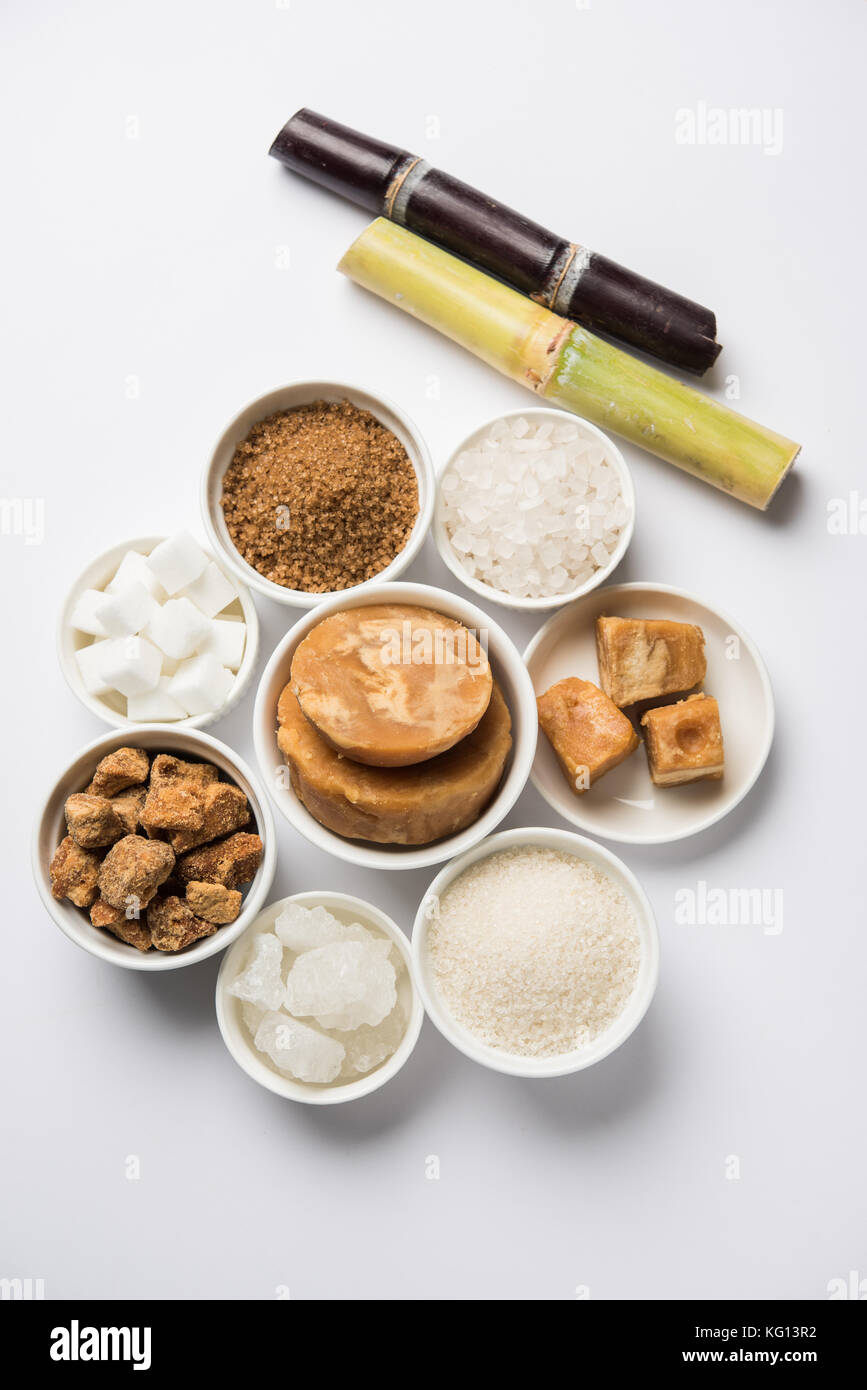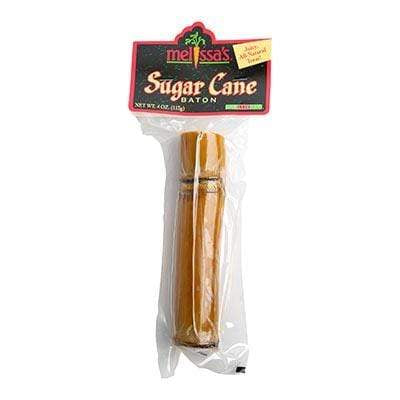The Trip of Sugarcane: From Harvest to Everyday Products
The trip of sugarcane is a multifaceted procedure that starts with meticulous growing and finishes in a variety of products that penetrate our daily lives. As we check out the numerous aspects of sugarcane's trip, its duty in sustainability and the more comprehensive ramifications for our environment come into sharper focus.
Cultivation of Sugarcane
The farming of sugarcane is a vital agricultural procedure that calls for details ecological problems and management practices. Optimal development occurs in subtropical and exotic areas where temperatures range in between 20 ° C and 32 ° C. Adequate rains or watering is necessary, as sugarcane grows in damp dirt with well-drained conditions (sugarcane product). Dirt top quality substantially affects return; thus, farmers frequently carry out soil examinations to determine nutrient requirements
Planting normally takes place in rows, making use of stem cuttings known as setts, which are grown flat. This method facilitates effective collecting and maximizes sunshine exposure. Crop rotation and intercropping are recommended techniques to enhance soil fertility and minimize insect infestations. Moreover, farmers use incorporated pest administration techniques to decrease chemical inputs while making sure healthy crop advancement.
Fertilization is an additional important facet, with potassium, phosphorus, and nitrogen being the primary nutrients required for optimum development. Timely application of these fertilizers can considerably improve sugar yields. In addition, keeping an eye on for illness and insects throughout the expanding season is important, as these elements can detrimentally impact crop health and efficiency. On the whole, successful sugarcane growing depends upon a mix of ecological stewardship, calculated preparation, and ongoing management techniques.
Gathering Methods
Effective sugarcane cultivation culminates in the collecting stage, which is pivotal for making the most of return and making sure quality. The timing of the harvest is important; sugarcane is typically harvested when sucrose degrees height, generally in between 10 to 18 months after growing. This duration varies based on environment, soil kind, and sugarcane selection.
Harvesting techniques can be broadly classified right into guidebook and mechanical approaches. Hand-operated harvesting is labor-intensive, depending on skilled employees that utilize machetes to reduce the stalks close to the ground. This approach enables selective harvesting, where just the ripest walking canes are selected, therefore improving total sugar content.
Conversely, mechanical harvesting has actually acquired popularity due to its performance and cost-effectiveness. Specialized farmers geared up with reducing blades and conveyor systems can process large locations rapidly, significantly minimizing labor expenses. This method might lead to the incorporation of immature walking sticks and a possible decline in sugar quality.

No matter the approach utilized, making sure that harvested walking sticks are transported swiftly to processing facilities is necessary. Trigger managing decreases putridity and protects the honesty of the sugarcane, setting the stage for optimal handling.
Processing Methods
Processing sugarcane entails numerous important actions that change the gathered stalks right into functional products, mostly sugar and molasses. The preliminary phase is washing the walking stick to get rid of soil and debris, followed by the removal of juice through squashing or milling. This process commonly uses heavy rollers that damage the walking cane fibers to launch the sweet liquid had within.
As soon as the juice is extracted, it undergoes information, view it where impurities such as soil fragments and bagasse are removed. This is frequently achieved by adding lime and heating the juice, enabling sedimentation. The cleared up juice is after that focused with dissipation, where water web content is decreased, leading to a thick syrup.

Ultimately, the processing of sugarcane not only produces sugar and molasses yet also prepares for different derivatives, which will certainly be discovered in succeeding discussions.
Products Derived From Sugarcane
Sugarcane is a flexible crop that produces a large selection of items beyond just sugar and molasses. Amongst the key spin-offs are ethanol and biofuels, which have actually acquired importance as renewable power resources. Ethanol, created via the fermentation of sugarcane juice, functions as an alternative to fossil gas and is usually combined with gas to create cleaner-burning fuels, decreasing greenhouse gas discharges.
In addition, sugarcane is a substantial source of bagasse, the fibrous deposit remaining after juice extraction. Bagasse is used in numerous applications, including the manufacturing of paper, naturally degradable product packaging, and as a biomass fuel for power generation. Its usage not only reduces waste however also boosts the sustainability of sugarcane processing.
Furthermore, sugarcane-derived items include the food market, where it acts as an all-natural flavoring representative and sweetener in numerous culinary applications. In the world of cosmetics, sugarcane removes are included into skincare items due to their all-natural exfoliating residential or commercial properties.
Environmental Impact and Sustainability
The cultivation and processing of sugarcane have substantial implications for environmental sustainability. This crop needs significant water resources, frequently resulting in exhaustion of regional water supplies and influencing surrounding communities. In addition, making use of plant foods and chemicals in sugarcane farming can cause dirt deterioration and waterway pollution, presenting dangers to biodiversity.

Lasting sugarcane farming additionally advertises soil health and wellness via crop rotation and lowered tillage, enhancing carbon sequestration. The fostering of these methods not just sustains environmental honesty however also improves the strength of farming communities versus environment change.
Conclusion
In recap, the journey of sugarcane includes numerous phases from growing to processing, ultimately resulting in a wide selection of items. The significance of sugarcane extends past mere sugar, adding to eco-friendly power with ethanol manufacturing, sustainable packaging through bagasse, and all-natural extracts for cosmetics. This diverse plant plays an essential duty in both dietary enrichment and environmental sustainability, highlighting its relevance in contemporary farming and industrial practices.
Successful sugarcane farming finishes in the harvesting site web phase, which is crucial for making the most of yield and guaranteeing top quality. The timing of the harvest is critical; sugarcane is generally collected when sucrose levels peak, generally in between 10 to 18 months after planting.Handling sugarcane entails numerous essential steps that change the collected stalks into useful items, mainly sugar and molasses.Sugarcane is a flexible plant that produces a wide array of products past just sugar and molasses. In addition, the usage of fertilizers and chemicals in sugarcane farming can result in dirt deterioration and river air pollution, positioning risks to biodiversity.